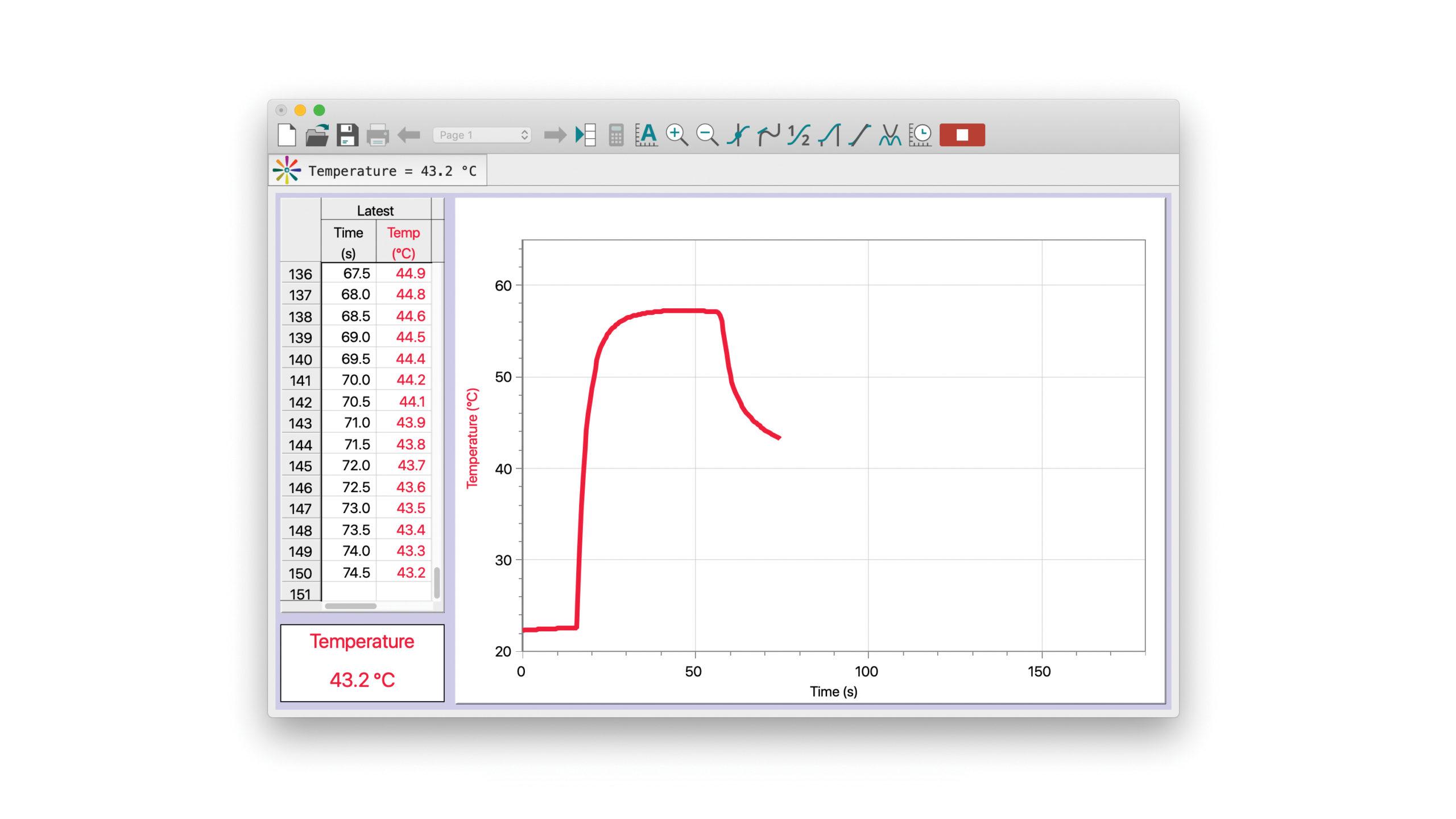Parallel Plate Capacitor: Potential Difference vs. Spacing
Experiment #29 from Physics with Video Analysis
- Subject
- Physics
Introduction
A capacitor is defined as any two conductors, separated by an insulator where each conductor carries a net excess charge that is equal in magnitude and opposite in sign. Its capacitance, C, is defined as
where Q is the magnitude of the excess charge on each conductor and V is the voltage (or potential difference) across the plates.
We can use Gauss’ Law to analyze a parallel plate capacitor if we assume that most of the electric field lines are perpendicular to the plates. According to Gauss, if air is the insulator, the capacitance, C, is related to the area of the plates, A, and the spacing between them, d, by the equation
ε0 is known as the electric constant (or permittivity).
Objectives
In this activity, you will
- Explore how the voltage (a.k.a. potential difference) across the plates varies as the distance between the charged plates increases.
Sensors and Equipment
This experiment features the following sensors and equipment. Additional equipment may be required.
Ready to Experiment?
Ask an Expert
Get answers to your questions about how to teach this experiment with our support team.
- Call toll-free: 888-837-6437
- Chat with Us
- Email support@vernier.com
Purchase the Lab Book
This experiment is #29 of Physics with Video Analysis. The experiment in the book includes student instructions as well as instructor information for set up, helpful hints, and sample graphs and data.


